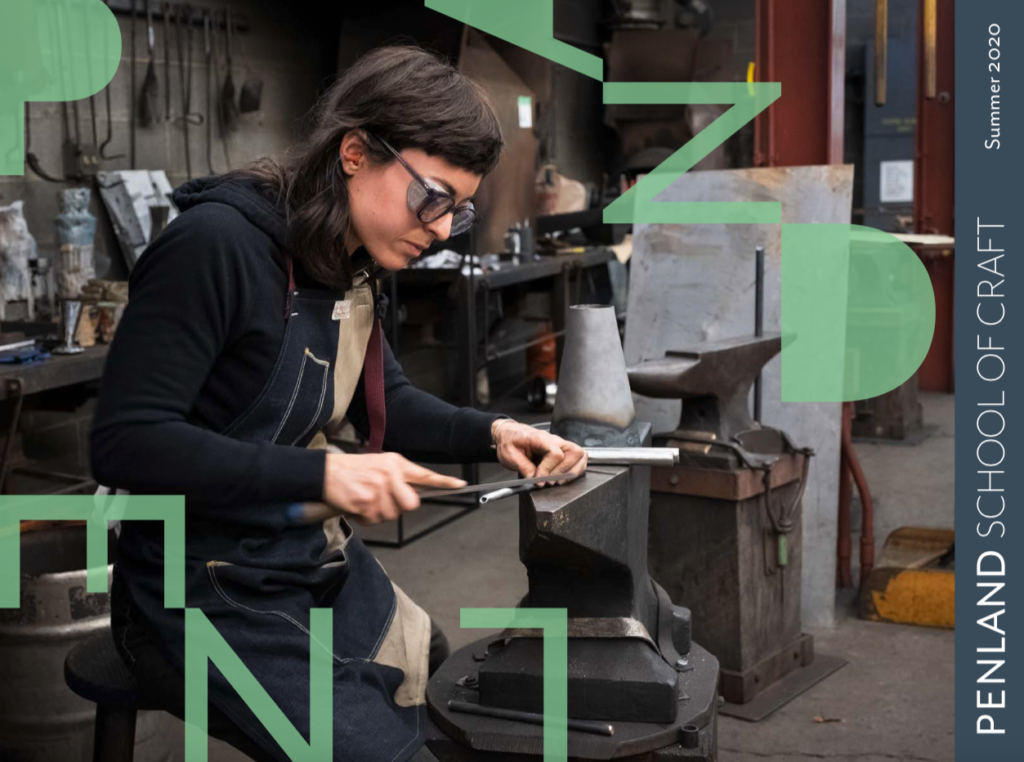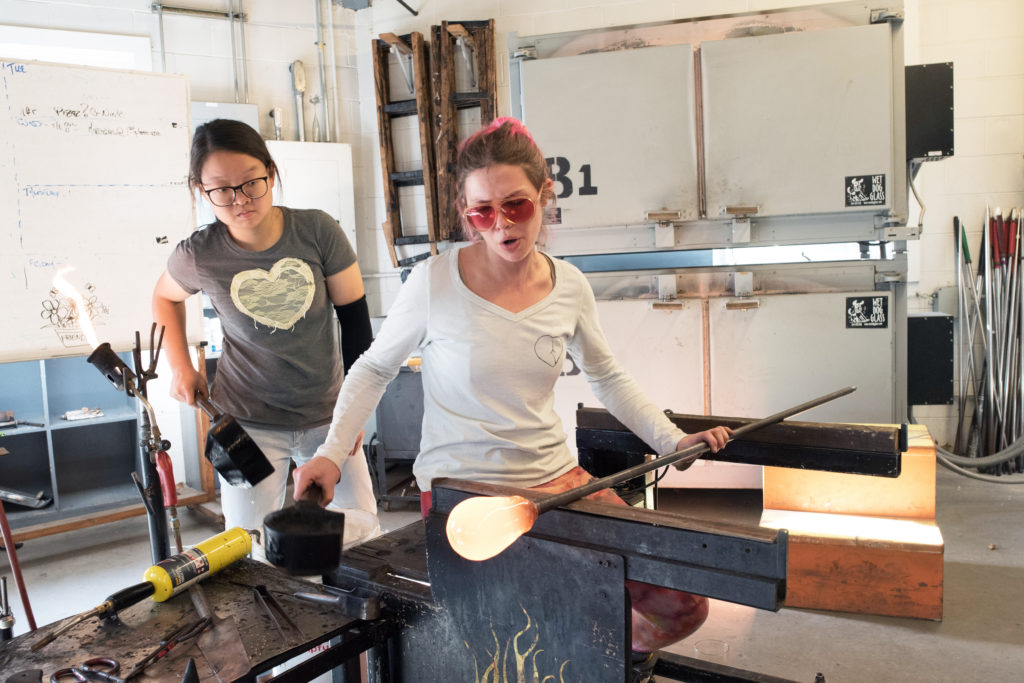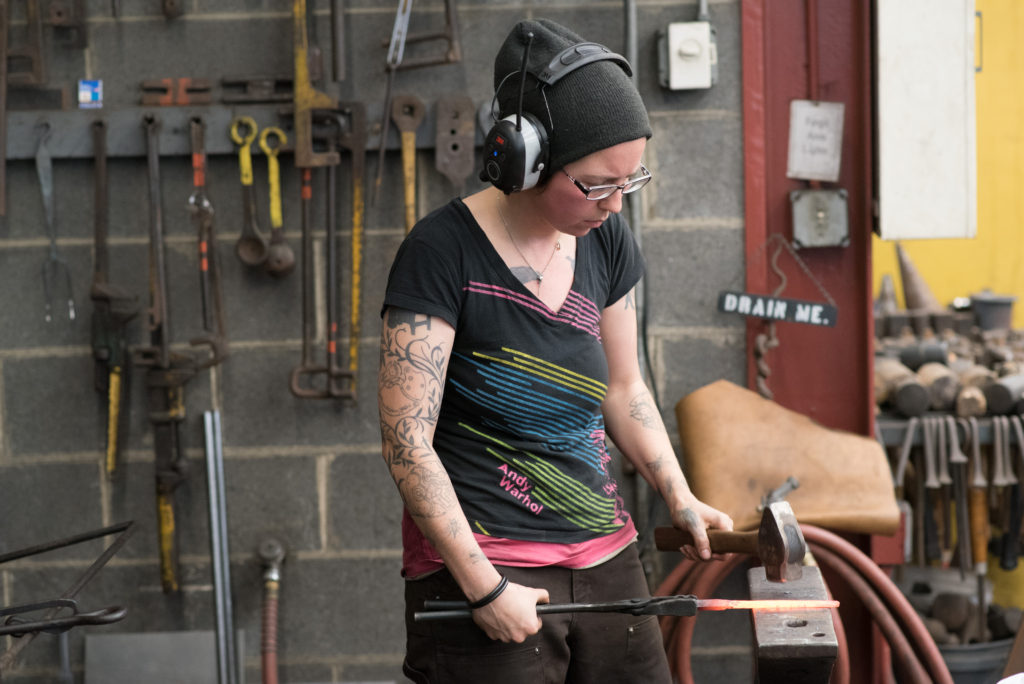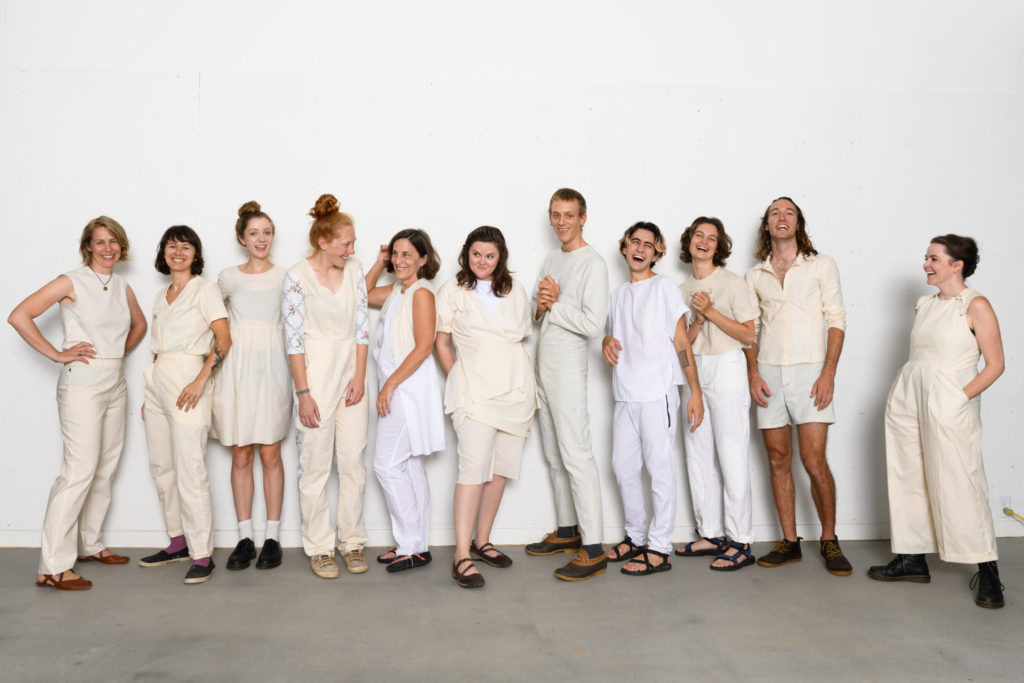
We’re thrilled to announce our complete lineup of summer 2020 workshops! We’ve got 104 different offerings for you to choose from, each one an opportunity to learn from experienced makers and explore new materials and dream up new ideas and connect with other folks doing the same. Browse them all by studio, by session, or in our online catalog PDF (paper catalogs are at the printer at this very moment!).
Want a little taste of what you might find?
Books & Paper: large-scale sheet forming, cast paper sculpture, cut paper and pop-up books
Clay: ceramic tile, animated ceramic sculptures, building with paperclay, kurinuki
Drawing & Painting: abstract painting, observational oil painting, sketchbooks
Glass: glass painting, borosilicate sculpture, mold making, hot glass sculpting
Iron: metal furniture, forged utensils and vessels, sculptural steel
Metals: electroforming, Japanese engraving, sand casting, gold fusing
Photo: view cameras, poetic photographs, cameraless photography, hand coloring prints
Print & Letterpress: mokuhanga, screenprinting, typography on the press, lithography
Textiles: block printing with natural dyes, sculptural basketry, boro and indigo, intermediate weaving
Wood: curved forms in wood, timber framing, cork, sculptural spoon carving
…and dozens and dozens of other things, too.
Registration will open for all summer workshops on January 13 at noon Eastern time on a first-come, first-served basis. Scholarships are available for all summer workshops! Scholarship applications open January 1 and are due by February 17. Starting this year, scholarships have a reduced application fee of $10.




